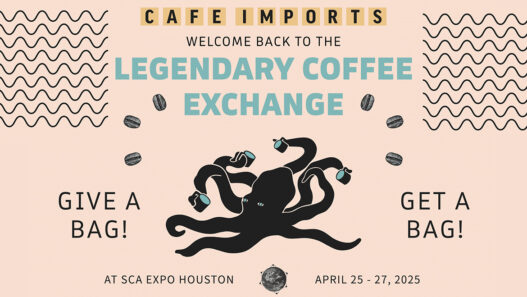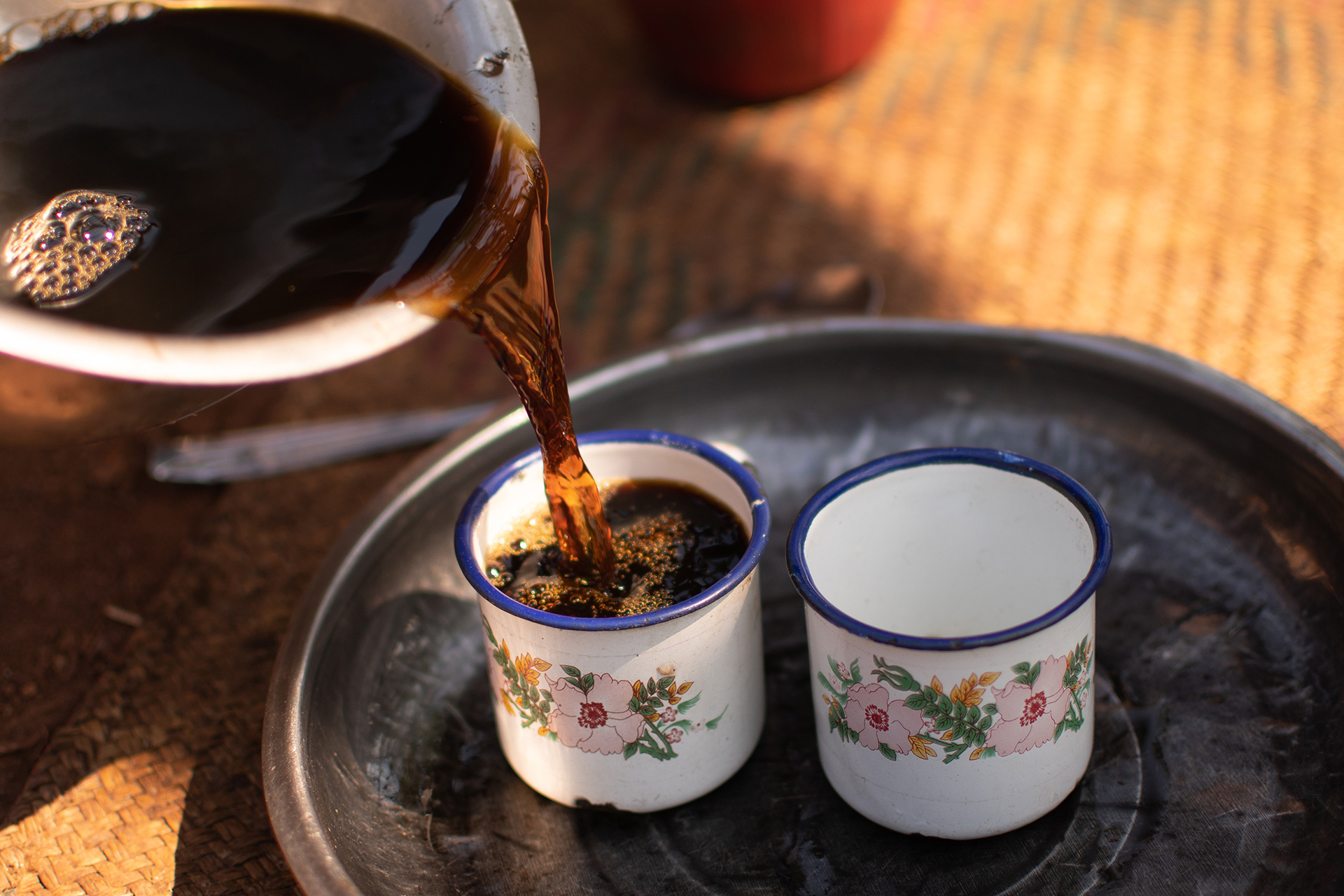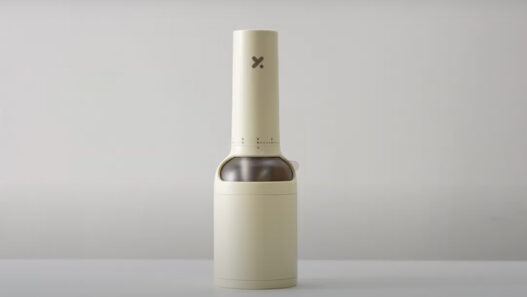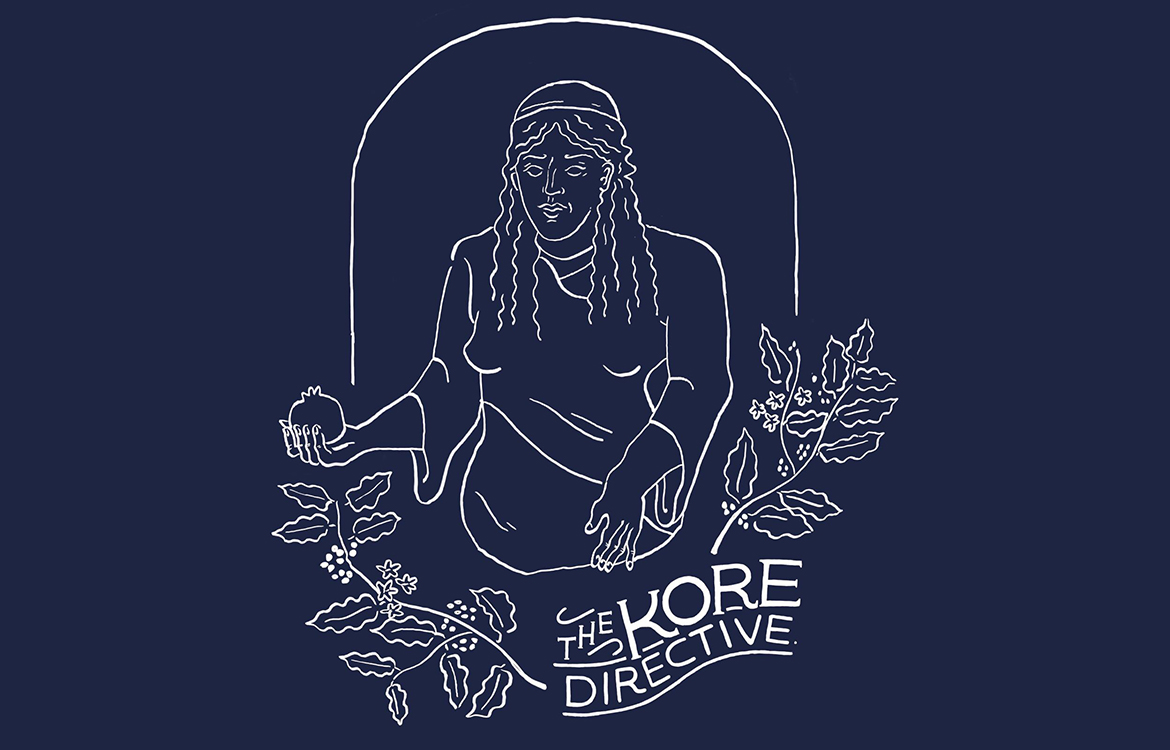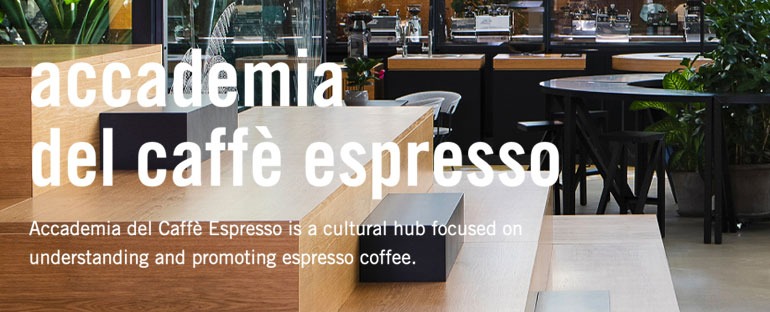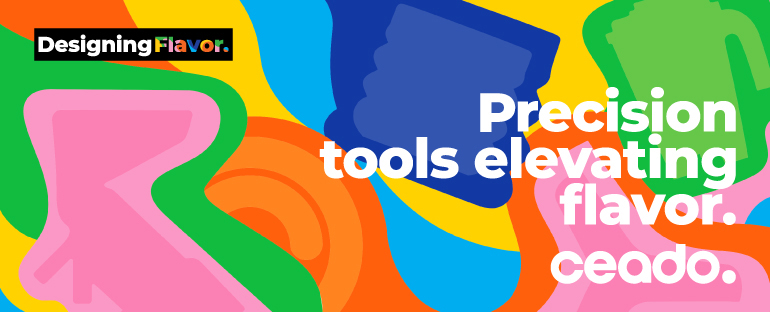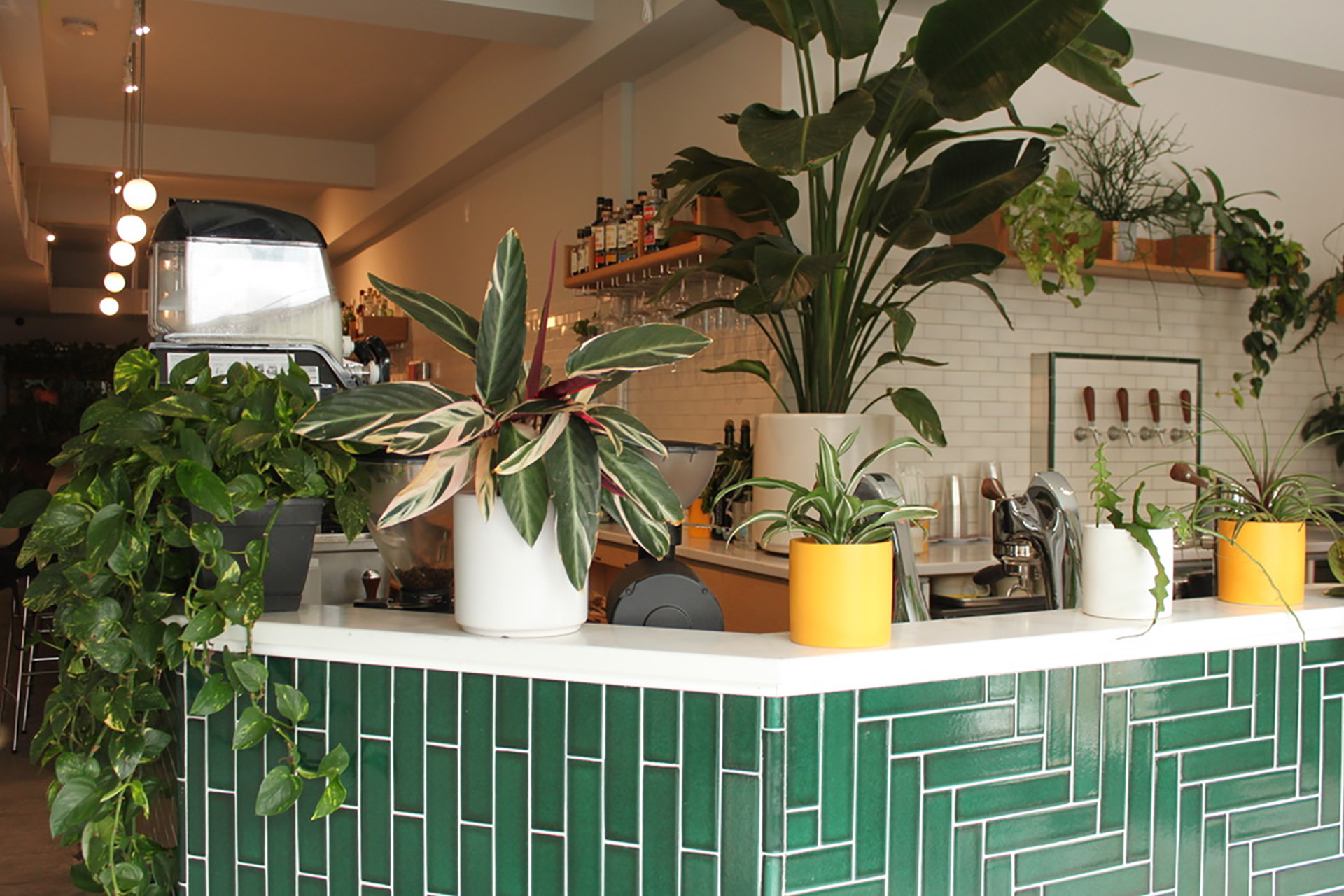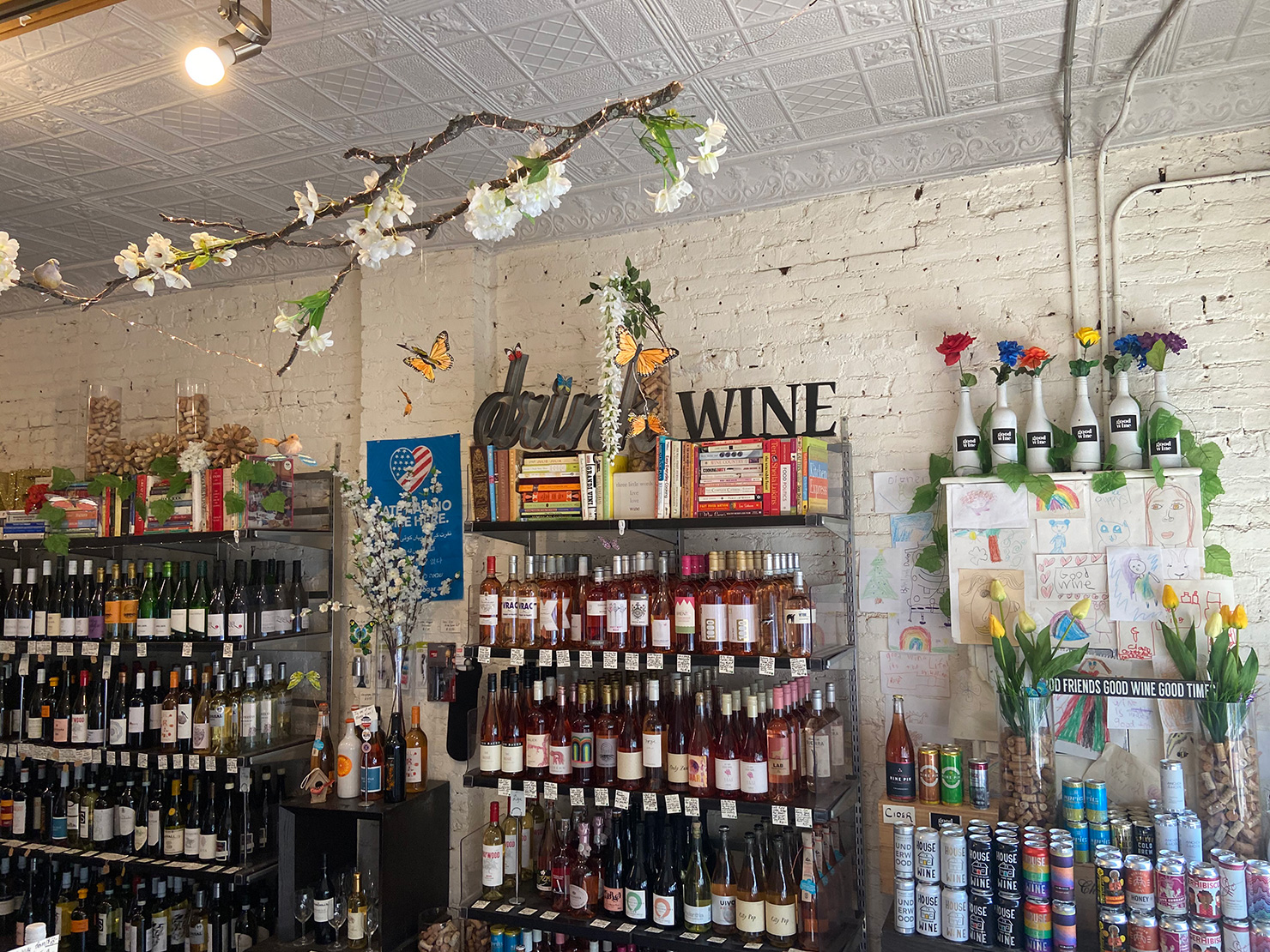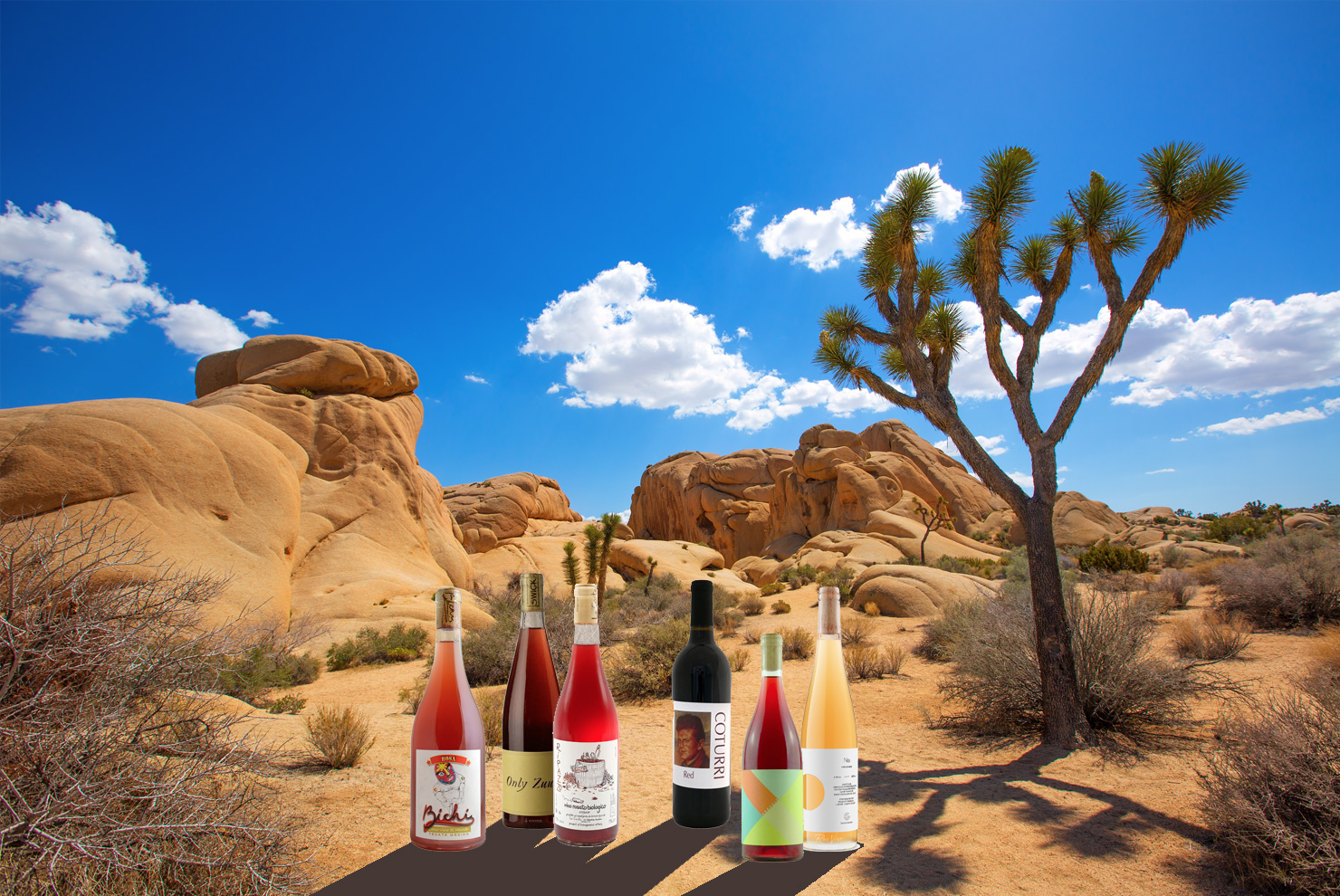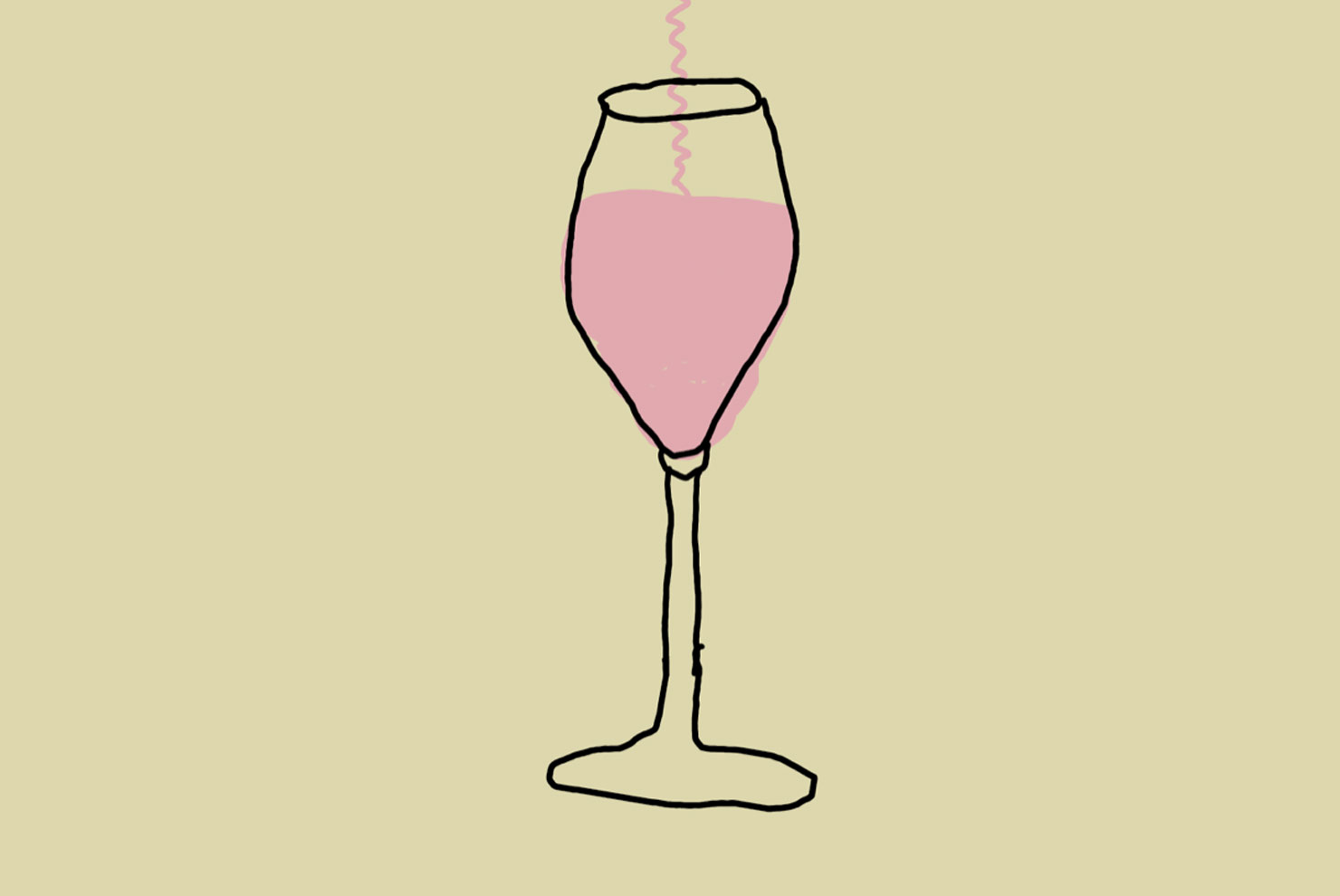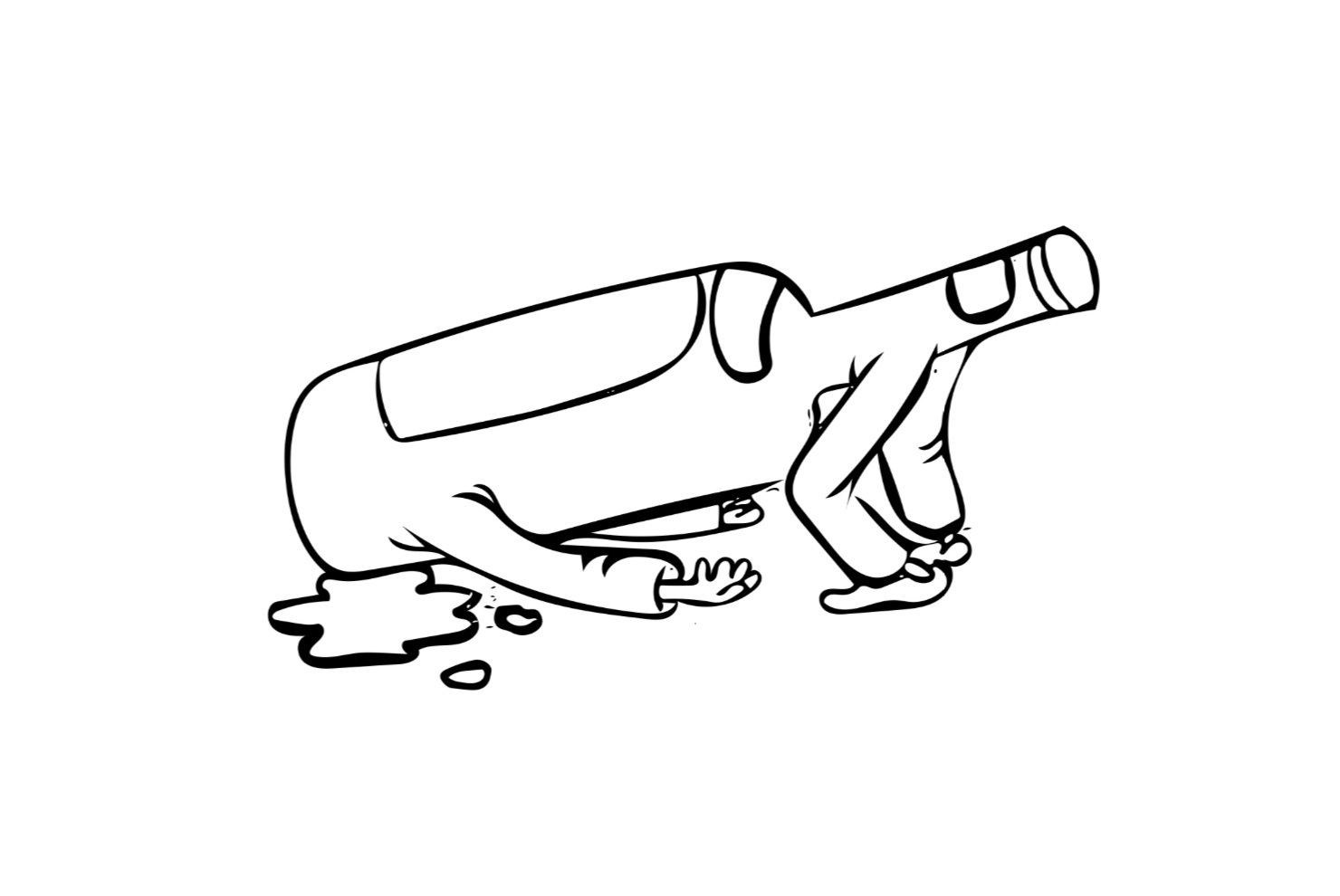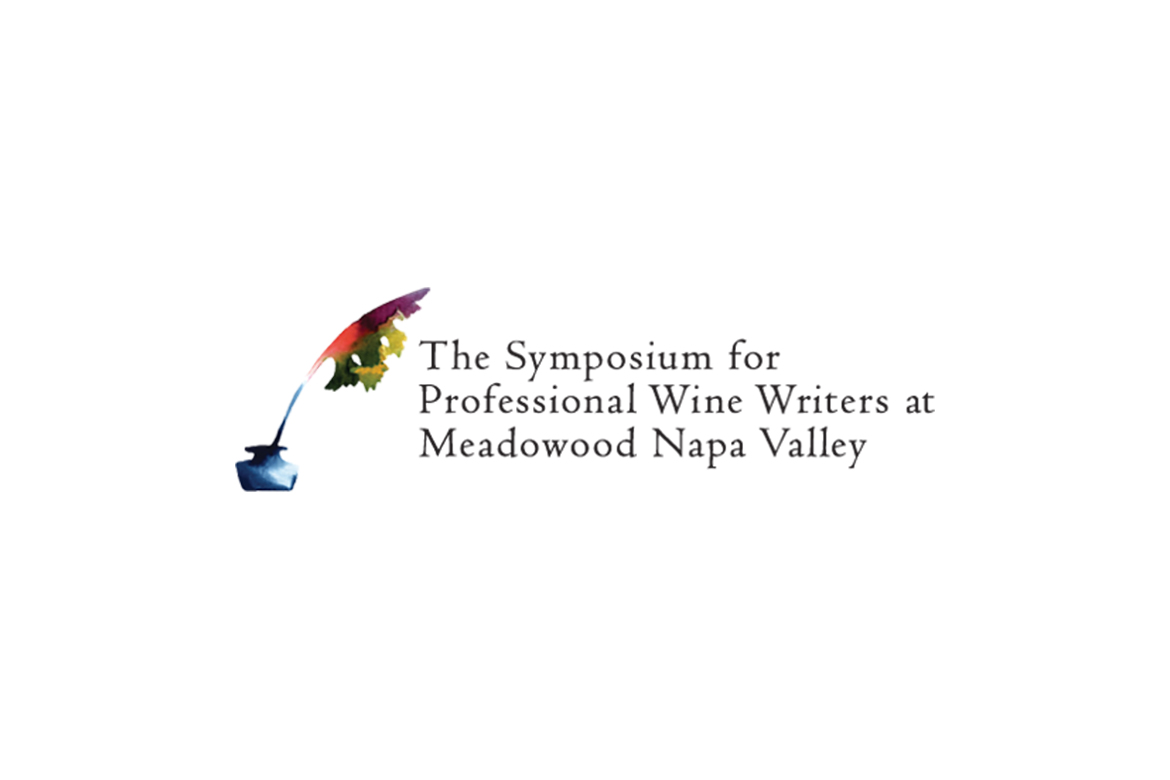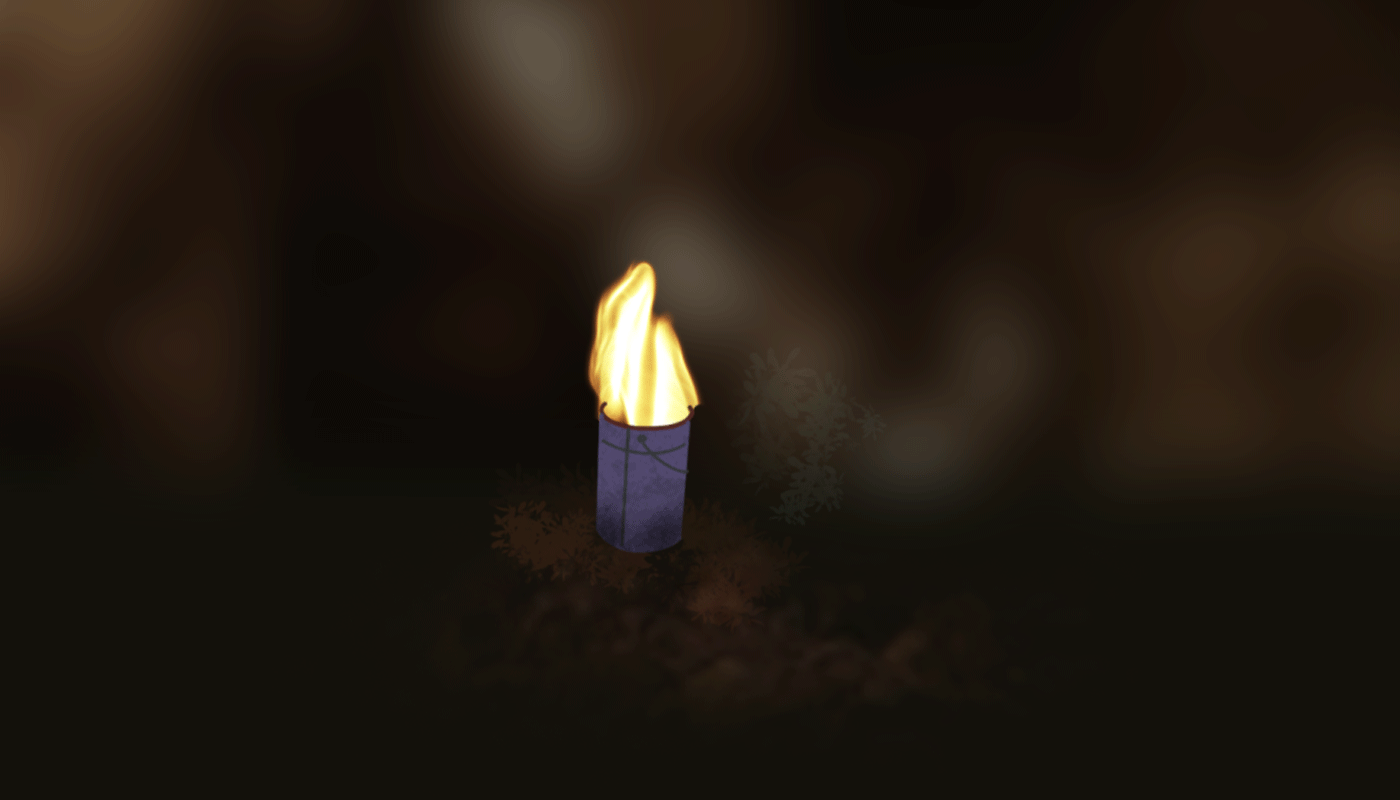Lambrusco: is there a more maligned, less understood wine on the drinking market today?
Many of the American stereotypes about Lambrusco were spawned from its rapid industrialization in the 1970s. Traditional Lambrusco is typically dry, tannic, and crisp, but it just never vibrated the average soda-stained papillae prior to
Banfi Vintners’ introduction of the Riunite Amabile in 1967 to the U.S. market. As the highest-selling imported wine in the United States during the 70’s and 80’s (peaking at about 140 million bottles sold per year), Lambrusco is better recognized in America as a wine-cooler than a wine of taste and substance.
“It’s not the fault of the Lambrusco,” says Parma winemaker and resistance leader Camillo Donati. “It’s the fault of those who have violated it for all of these years. It was never meant to taste like a deodorant or perfume. This is not the truly beautiful expression and diversity of the Lambrusco.”
Today, the stigma against Lambrusco extends even back to the homeland. It’s challenging to find artisan Lambrusco in natural wine bottegas even throughout Emilia Romagna. Owner and sommelier of Vino Natural Durante in Reggio nell’Emilia, Riccardo La Genestra, disclosed that it has to do with Lambrusco’s being a commonplace wine of the area.

“Of course I love the funky frizzante wines of this region,” La Genestra says. “But locals don’t want to spend top dollar on a type of wine that their family has cases of in the cellar. They want to spend their Friday out on the town drinking French and Austrian wine, and if it’s Italian, exciting orange wines from Friuli and Veneto.”
But as in all things wine and life, nothing stays the same. A fast-growing worldwide interest in wines made using the methode ancestrale—in which wine is bottled before fermentation has completed, naturally trapping CO2 in the bottle (as opposed to introducing cultured yeasts or sugars)—places traditional Lambrusco makers right in the crosshairs at last of a burgeoning trend. Don’t call Lambrusco pet-nat; this isn’t France! But the principals and accessible price points are similar, and the end results equally delicious and beguiling.
While Lambrusco is the oldest family of native Italian grapes, with over 60 different varieties, today it’s experiencing something of a market revival. Part of that revival is the trapdoor galaxy of traditional sparkling wines from Emilia Romagna. There’s the deep purple Barbera from Parma with the body and bitterness of a chocolate stout, the violet-hued Pinot Nero from Reggio like a zero dosage Franciacorta sipped in a field of lavender, and the glowing Malvasia di Candia Aromatica from Piacenza.
I visited four of my favorite traditional Lambrusco winemakers in Emilia Romagna, to learn more about these endlessly drinkable, surprisingly complex natural sparkling wines. You would do well to seek out wines from any of these four, but buyer be forewarned: all of these wines are made in minuscule quantities, and the cult of natural Lambrusco is only getting bigger. If you find ’em, buy ’em.
Marco Rizzardi and Serena Gualtieri
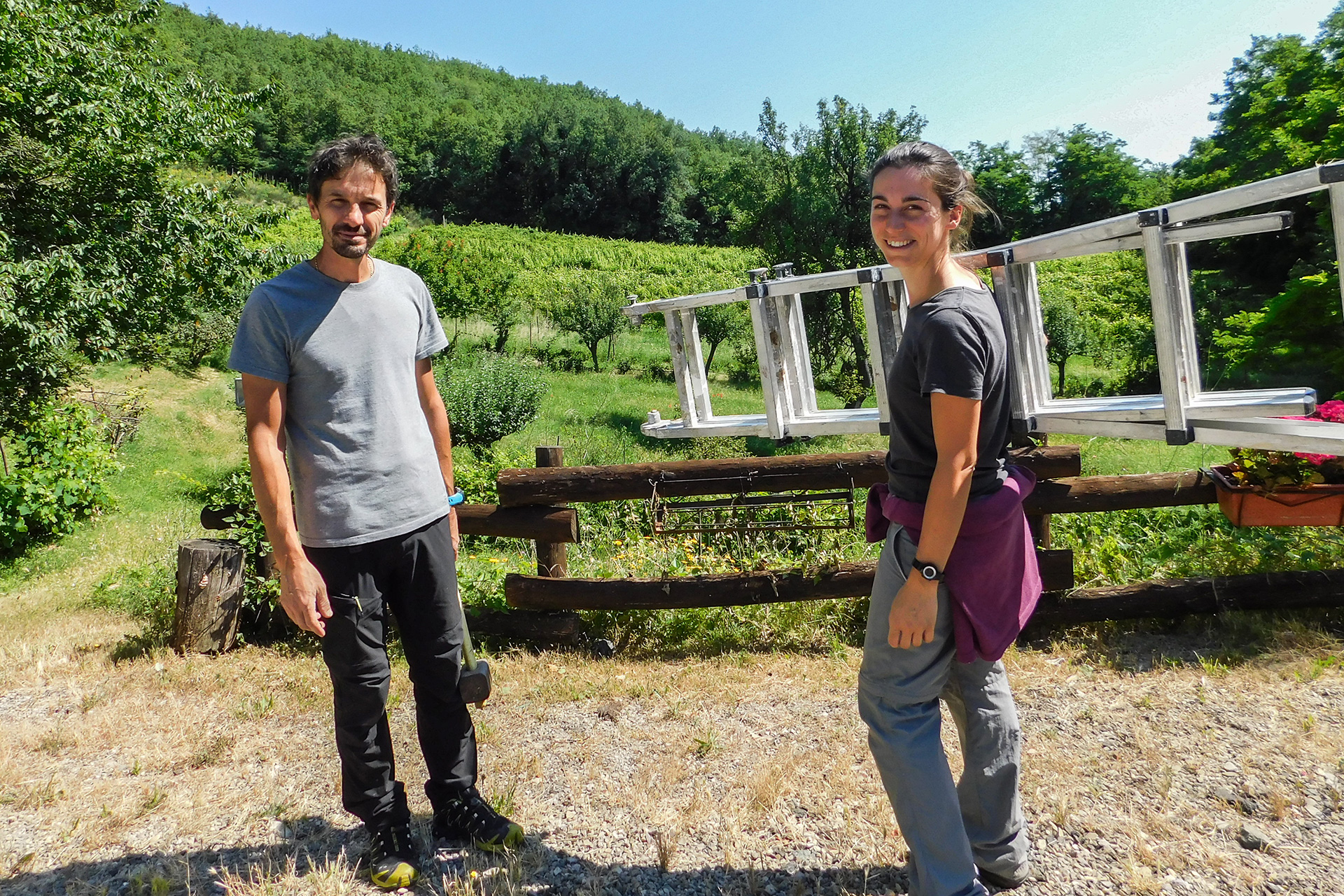
16 years ago, Marco Rizzardi started his history in winemaking when he left a career in chemistry to join his father, Aurelio, making effervescent natural wines on an abandoned 50-year-old farm atop a mountainside limestone quarry in Parma. Together they managed vintages until Aurelio passed away in 2010, when Marco took over the Crocizia Wines operation with the support of his family.
A heightened biodiversity is apparent just passing through Rizzardi’s vines—a mix of varieties, rows of wildflowers, wild fennel, and an abundance of raspberry bushes on the way to apiary on the forest line. In this vineyard, they are cultivating Malvasia di Candita Aromatica, Sauvignon, Croatina, Barbera, Pinot Nero, and Lambrusco Maestri.
The latter variety is grown in a vineyard on the footsteps of the Emilia Apennines at 500 meters. The soil is primarily calcareous with patches of marl in the surface, gracing the wines with a kindred minerality to the revered wines of the Piemontese Apennines. This position is beneficial to Maestri because it’s meant to be grown in the humidity of the plains, but the moderated humidity and wind exposure here helps to prevent peronospora (downy mildew). The entrance of the vineyard is a small fruit tree orchard containing wild apples, pears, cherries, and figs, which are used in the production of a line of beverages under the Cider Punk label.
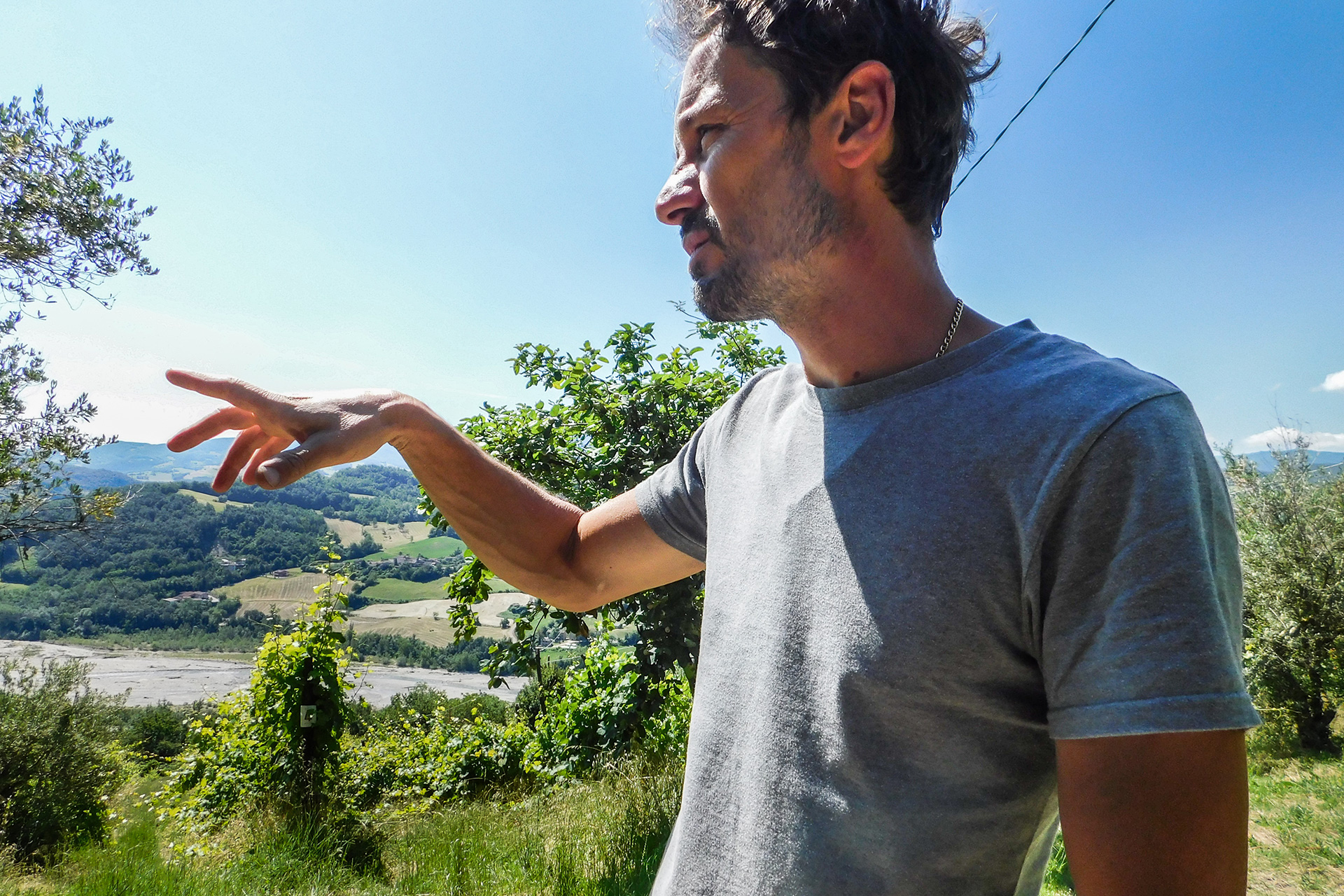
Serena Gualtieri is the other half of Crocizia. She’s worked at the winery since first visiting in 2014, when she left an office job in the city to work on something she was passionate about.
Together, they make a Lambrusco Maestri named Marc’ Aurelio after Rizzardi’s father. It’s a veracious expression of Lambrusco, of the terroir, and Rizzardi’s heritage. Decadent in texture and florals, it stands austere and crisp with a pleasant constant of fresh blackberries.
A second wine, Otobbor, is an exuberant, bubbling Barbera. It’s rich like cocoa with baking spices, but has a juicy acidity and is fleshy in the mouth like an overripe plum. Think spiced, chunky grape jam. Meanwhile,
Crocizia’s “Balos” rosato is 100 percent Pinot Nero, with red currant and apple torte notes, a slight herbaceous refreshment in the finish, and some Andes mint upon breathing out.
Camillo Donati
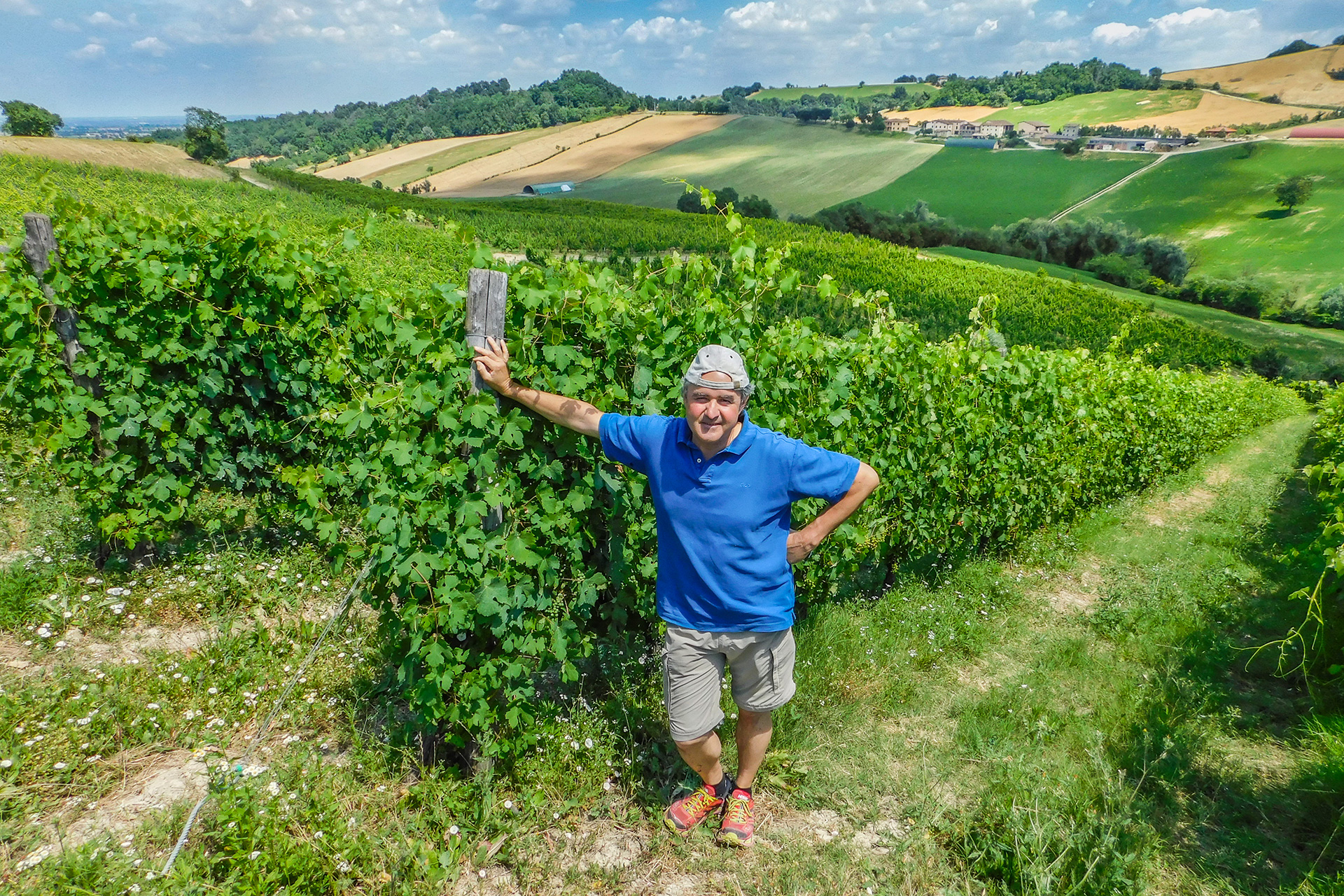
Camillo Donati is hardcore. He is a compassionate farmer, family man, and follower of the Lord, but he’s the Glenn Danzig of the Parma hills when he’s in the cellar. While huge in Japan, he has a large but dispersed global cult-following and his bottle arrivals at your local shop are usually expected and scooped up without much delay.
His vines, cantina, and tasting room are only a 30-minute drive north from Crocizia toward Parma along the same river.
Stoic and slightly stern, cap adjusted backwards, Donati walks around his stunningly beautiful vineyards with views of blue and green algae hills undulating into the horizon. With slightly different exposures and altitudes, Santa Andrea and Bottazza are both vineyards descending towards valley and forest from both sides of the cellar on the ridge. Both vineyards are producing Barbera, Bonarda, Malvasia di Candia Aromatica, Sauvignon, Trebbiano, and a bunch of beautiful Lambrusco Maestri.

Having grown up around great winemakers and a grandfather that started growing wine near Parma in 1930, Donati can unload some serious regional wine history. He speaks candidly, frequently alludes to his immense concern for symptoms of global warming, and is very serious about the consistency of his work.
“Lambruschi [pluralized] are some of the greatest ancient vines of our Earth,” Donati says of the grape, one of the only true, non-Aegean European families. “But you don’t need to hear it from me. I’m just a contadino.” Donati uses the Maestri variety, same as Rizzardi. It comes out in a 2017 Il Mio Lambrusco, which is developed, direct, and delicious. It’s bone dry yet full bodied and creamy, with medium-high tannins and some recurring bubble gum flavor.
“In ancient times, the nobles would make Barbera on the ridge lines, and the Lambrusco was only grown in the valleys as a wine for the farmers,” Donati says, opening a second wine. It’s one of his two sparkling Barbera’s, called Piccolo Ribelle.
In contrast to Rizzardi’s Ottobre, this Barbera was harvested earlier than all the other varieties in the vineyard and is vinified without skin contact. Donati makes another Barbera, self-titled, from a separate, later harvest that’s vinified on the skins. These two wines highlight the difference between technical ripening and phenolic ripening.
“All of this is not just a job for us, but rather a modus vivendi that enables us,” Donati says. “Thank God to live in symbiosis with nature, and to take part in the wonderful annual vine cycle and to taste the alternation of the seasons.”
His advice for buying Lambrusco: when you do find the one, buy two bottles. “Age it for five years,” Donati says. “Thank me later.”
Denny Bini
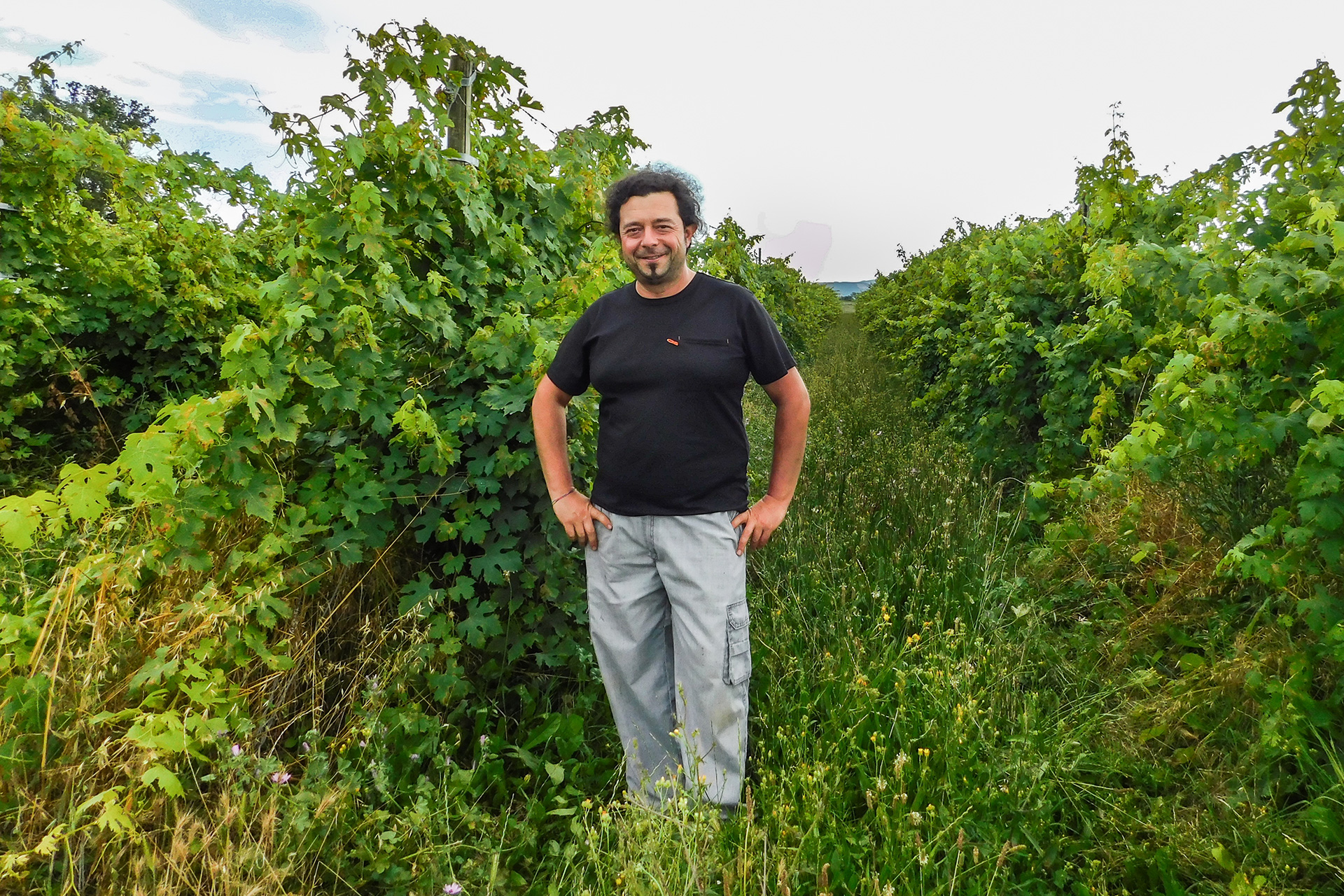
Denny Bini is forging genuine Lambrusco in a refined barn on a shared property with a boutique agriturismo about 15 minutes southwest of Reggio nell’Emilia city. In raised silt and clay soil between two streams, Bini raises his Lambrusco di Graspasrossa, L. Salamino, L. di Sorbara, L. di Montericcho, L. Maestre, and Malbo Gentile as well as two white grape varieties.
Bini’s Lambruscos are trained much higher off of the ground than the Maestri. In comparison to the hills in Parma, the challenges with peronospora from higher humidity are far more obvious in Reggio as it can even be seen tormenting the grapes. As a biologic vineyard in a specifically humid climate, there are always hurdles in controlling mold by avoiding chemical treatment, especially as the summers continue to warm.
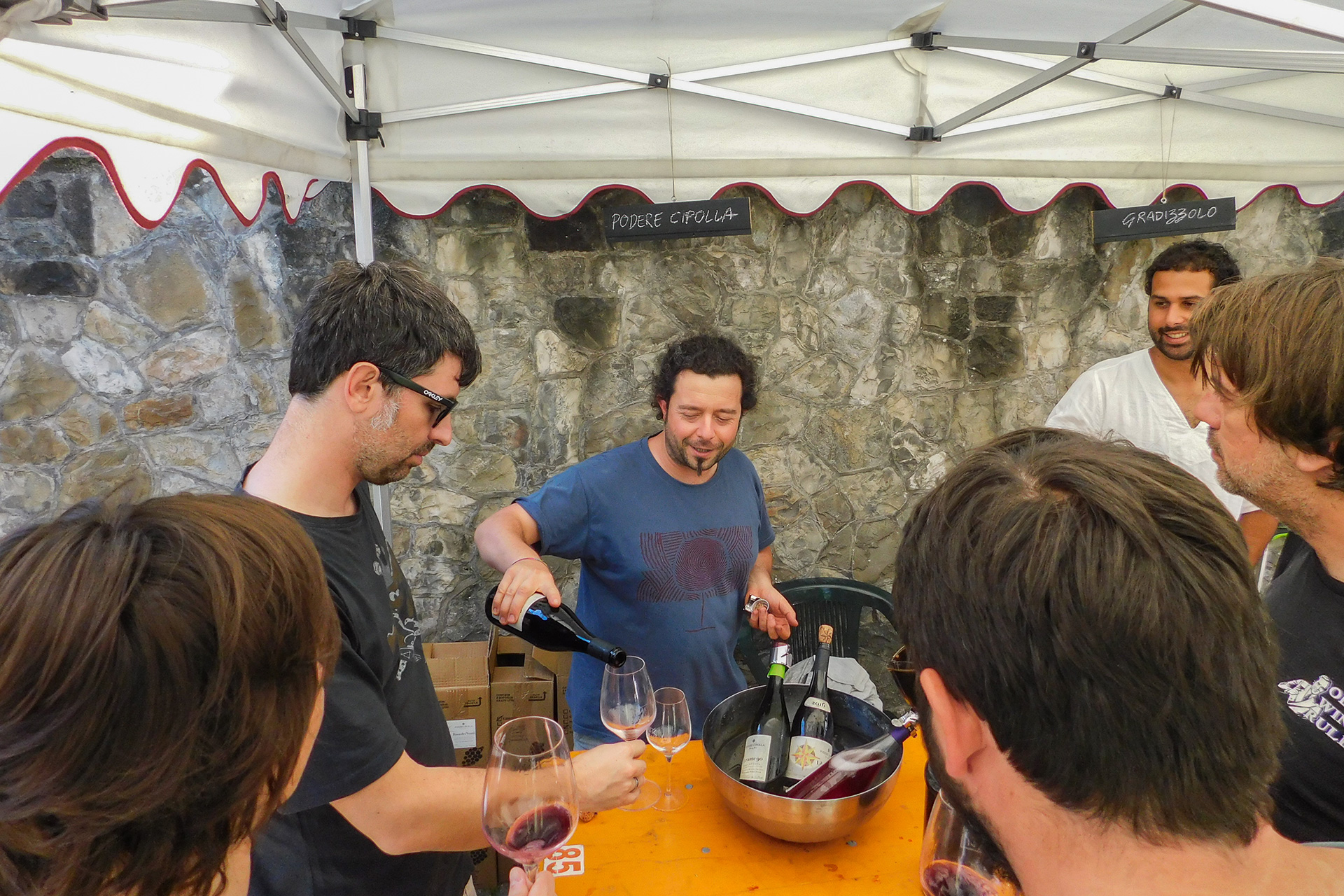
Just as the hazy magenta sky opens up to a red sunset, Bini arrives outside of the barn with three bottles of his different types of Lambrusco. The first taste poured is the Rosa dei Venti, a dry and fizzy rosato made with L. Grasparossa and a bit of Malbo Gentile that Bini makes roughly 100 bottles of annually.
The next on the docket is the Libeccio 225, made entirely with L. Grasparossa. Unlike the Rosa dei Venti, there is a clearly labeled 2016 vintage on this bottle. Bini thought this 2016 was a perfect year in the vineyard and wants to start labeling vintages that he knows will age well.
“This gesture emphasizes the importance to shift the perspective on the potential that Lambrusco holds,” Bini says. There is a misconception that Lambrusco should only be drunk as a young wine, but this deprives drinkers of the wine’s finest character.
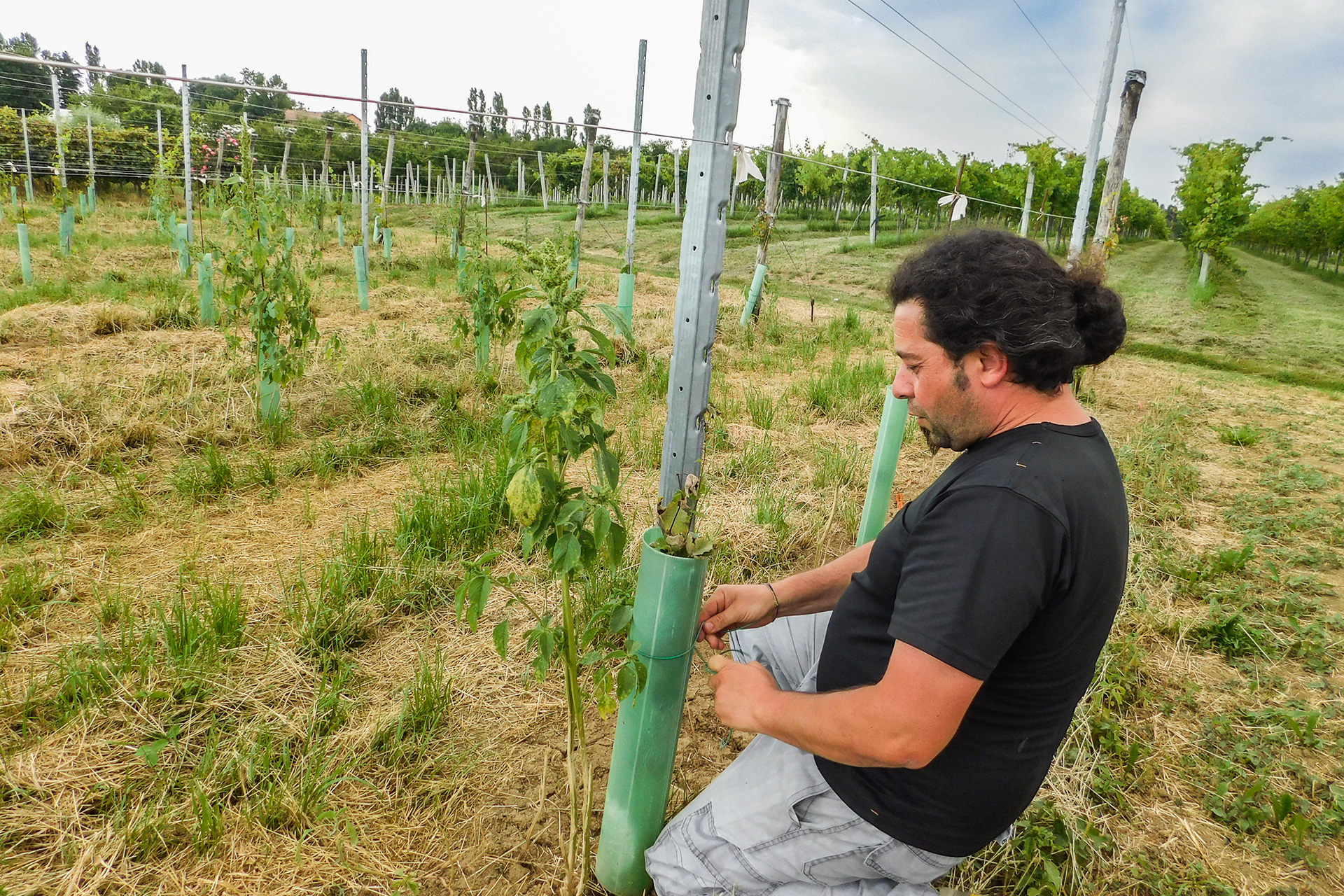
If the compasses on the bottle labels aren’t a dead giveaway, Bini is an ardent sailor and uses the sea for inspiration in naming his wines. All their names are associated somehow with the winds, and the coordinate numbers (45/90/225/270) printed on each label references the strength of the wind and the wine.
The Ponente 270 is what Bini considers his classic family-style blend—it’s an homage to being together in Emilia. “It adds a complex acidity to your meal,” Bini says. “It cools down the broth. Once you try it you will never go back.”
Bini co-founded, with Rizzardi and Guatieri, an organization called Emilia Sur Li, which organizes a festival dedicated solely to the refermented wines of Emilia. It cozily convened in 2018 in the medieval castle of San Polo d’Enza village, about 40 miles west of Bologna, on the provincial borders of Parma and Reggio Emilia.
The festival is just as much about making a statement and being heard as it is about raising awareness about their tradition and trajectory.
Bini describes the gathering as, “A revolutionary gesture in a landscape where barriers, distinctions, and divisions reign.” Bini makes his wines in the valleys of Reggio Emilia. Emilia Sur Li’s mission is to bring natural wines out of the cellars together from Bologna to the Piacenza hills to identify with shared principles of production.
“Refermented wines are our part of our character, identity, and our personality,” Bini says. “We have always made these wines in this way. You can see the popularity growing around the world for all types of refermented wines from all types of places, but it’s important to not confuse where they came from and the people that are carrying on that tradition.
Alexander Gable (@mrgable) is a freelance journalist based in Milan.




